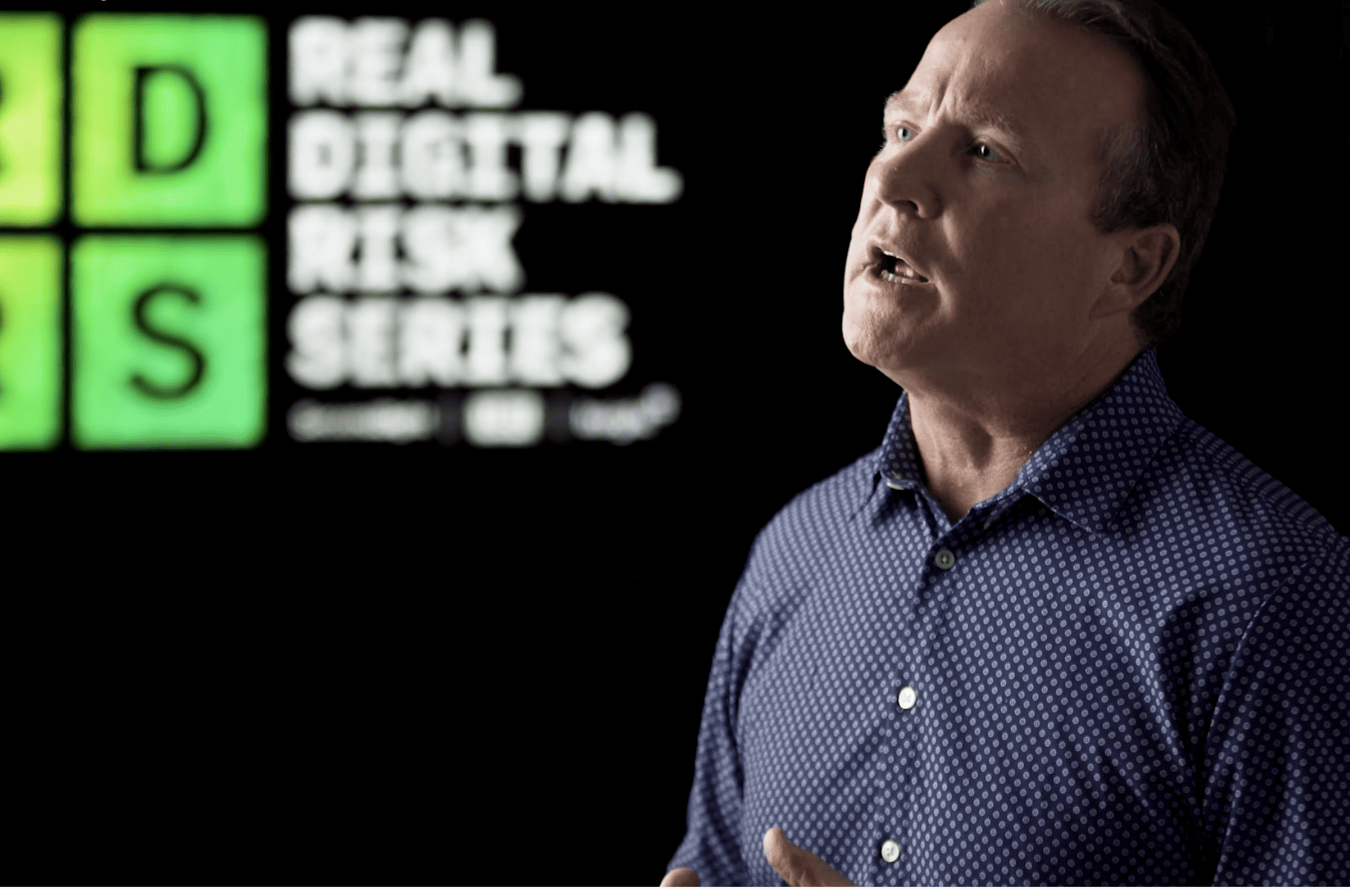Month: February 2023

In this video, Tim Crown, the founder and chairman of Insight Enterprises, discusses the importance of cybersecurity in today’s digital […]

In this video, Jason Rader, CISO for Insight Enterprises, discusses the evolving role of the Chief Information Security Officer (CISO) […]

So, why are cyber insurance applications so challenging? Due to the complex nature of online business, there are numerous aspects […]

But as more companies turn to cyber insurance, the industry is facing some challenges. Premiums are becoming more expensive, and […]

First off, let’s talk about the different types of cyber risks out there. Cyber risks usually come from outside of […]

So, how can you make sure your business is insurable in the digital world? It’s not just about having good […]